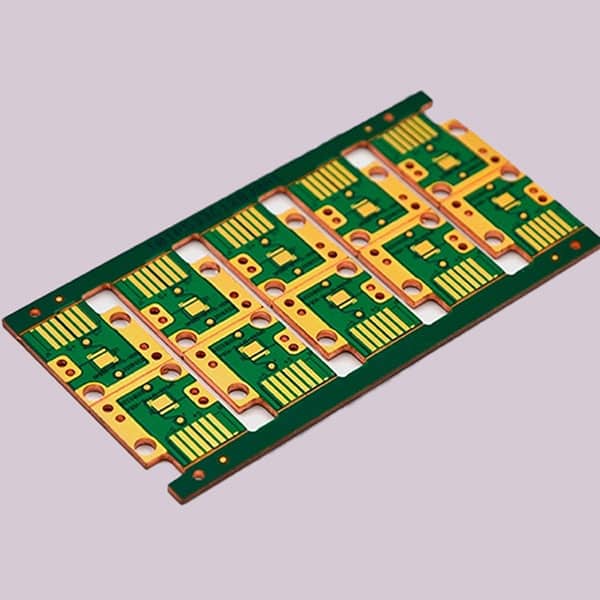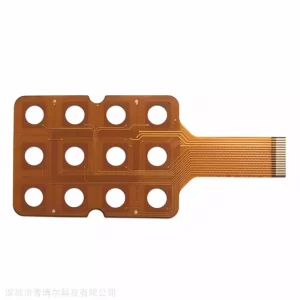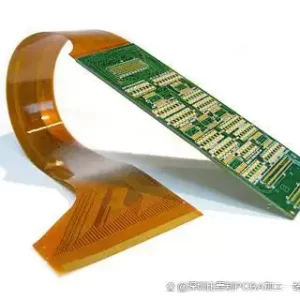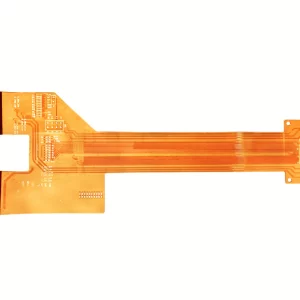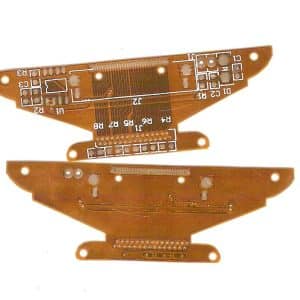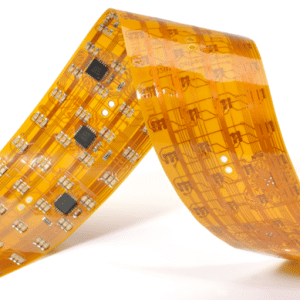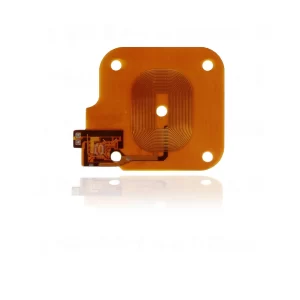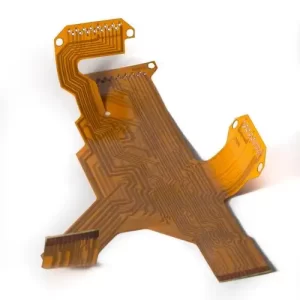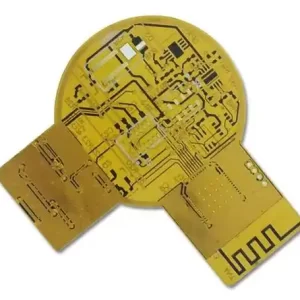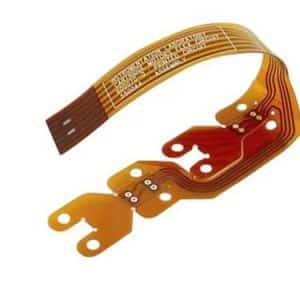Showing 13–24 of 56 results
-
Flexible plate
Flexible plate
A Flexible PCB (FPC), also known as a Flex Circuit, is a type of printed circuit board that is designed to be bent, twisted, or folded without breaking. Unlike rigid PCBs, FPCs use flexible materials like polyimide (PI) or polyester (PET) instead of traditional FR4.
-
Flexible plate
Flexible plate
A Flexible PCB (FPC), also known as a Flex Circuit, is a type of printed circuit board that is designed to be bent, twisted, or folded without breaking. Unlike rigid PCBs, FPCs use flexible materials like polyimide (PI) or polyester (PET) instead of traditional FR4.
-
Flexible plate
Flexible plate
A Flexible PCB (FPC), also known as a Flex Circuit, is a type of printed circuit board that is designed to be bent, twisted, or folded without breaking. Unlike rigid PCBs, FPCs use flexible materials like polyimide (PI) or polyester (PET) instead of traditional FR4.
-
Flexible plate
Flexible plate
A Flexible PCB (FPC), also known as a Flex Circuit, is a type of printed circuit board that is designed to be bent, twisted, or folded without breaking. Unlike rigid PCBs, FPCs use flexible materials like polyimide (PI) or polyester (PET) instead of traditional FR4.
-
Flexible plate
Flexible plate
A Flexible PCB (FPC), also known as a Flex Circuit, is a type of printed circuit board that is designed to be bent, twisted, or folded without breaking. Unlike rigid PCBs, FPCs use flexible materials like polyimide (PI) or polyester (PET) instead of traditional FR4.
-
Flexible plate
Flexible plate
A Flexible PCB (FPC), also known as a Flex Circuit, is a type of printed circuit board that is designed to be bent, twisted, or folded without breaking. Unlike rigid PCBs, FPCs use flexible materials like polyimide (PI) or polyester (PET) instead of traditional FR4.
-
Flexible plate
Flexible plate
A Flexible PCB (FPC), also known as a Flex Circuit, is a type of printed circuit board that is designed to be bent, twisted, or folded without breaking. Unlike rigid PCBs, FPCs use flexible materials like polyimide (PI) or polyester (PET) instead of traditional FR4.
-
Flexible plate
Flexible plate
A Flexible PCB (FPC), also known as a Flex Circuit, is a type of printed circuit board that is designed to be bent, twisted, or folded without breaking. Unlike rigid PCBs, FPCs use flexible materials like polyimide (PI) or polyester (PET) instead of traditional FR4.
-
Flexible plate
Flexible plate
A Flexible PCB (FPC), also known as a Flex Circuit, is a type of printed circuit board that is designed to be bent, twisted, or folded without breaking. Unlike rigid PCBs, FPCs use flexible materials like polyimide (PI) or polyester (PET) instead of traditional FR4.
-
Flexible plate
Flexible plate
A Flexible PCB (FPC), also known as a Flex Circuit, is a type of printed circuit board that is designed to be bent, twisted, or folded without breaking. Unlike rigid PCBs, FPCs use flexible materials like polyimide (PI) or polyester (PET) instead of traditional FR4.
-
Flexible plate
Flexible plate
A Flexible PCB (FPC), also known as a Flex Circuit, is a type of printed circuit board that is designed to be bent, twisted, or folded without breaking. Unlike rigid PCBs, FPCs use flexible materials like polyimide (PI) or polyester (PET) instead of traditional FR4.
-
Multilayer board
Multilayer board
A Multi-Layer PCB is a printed circuit board with three or more copper layers stacked together with insulating layers in between. Unlike Single-Sided and Double-Layer PCBs, multi-layer PCBs allow for highly complex circuit designs by increasing routing space and reducing signal interference.
